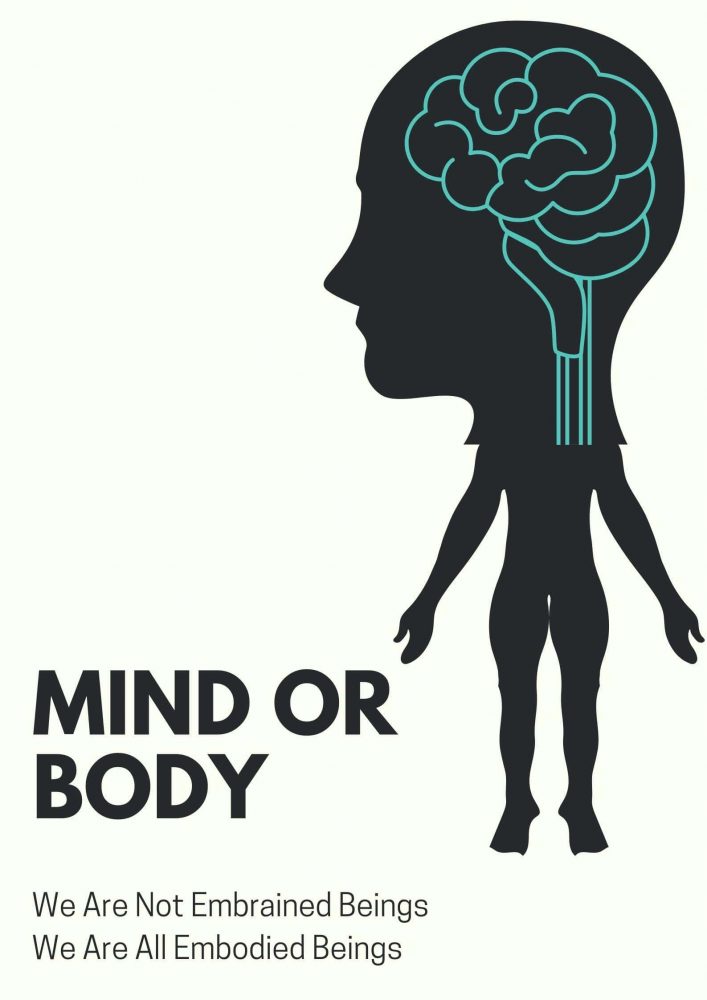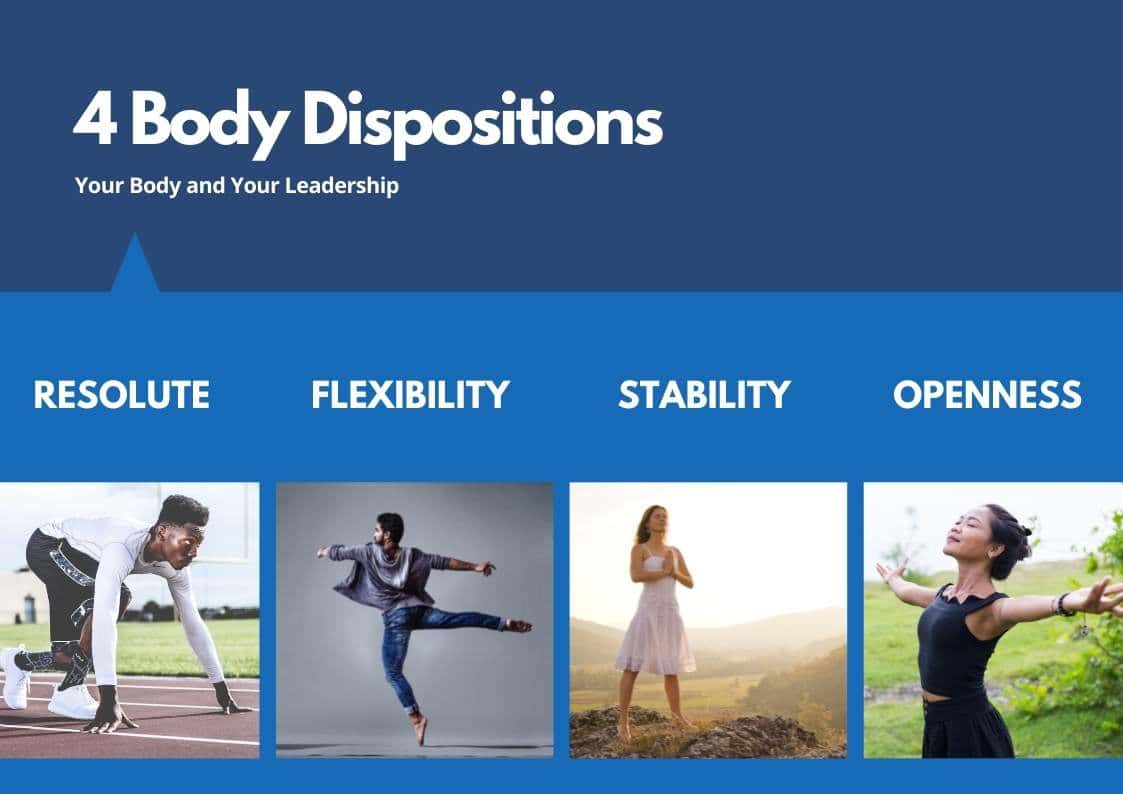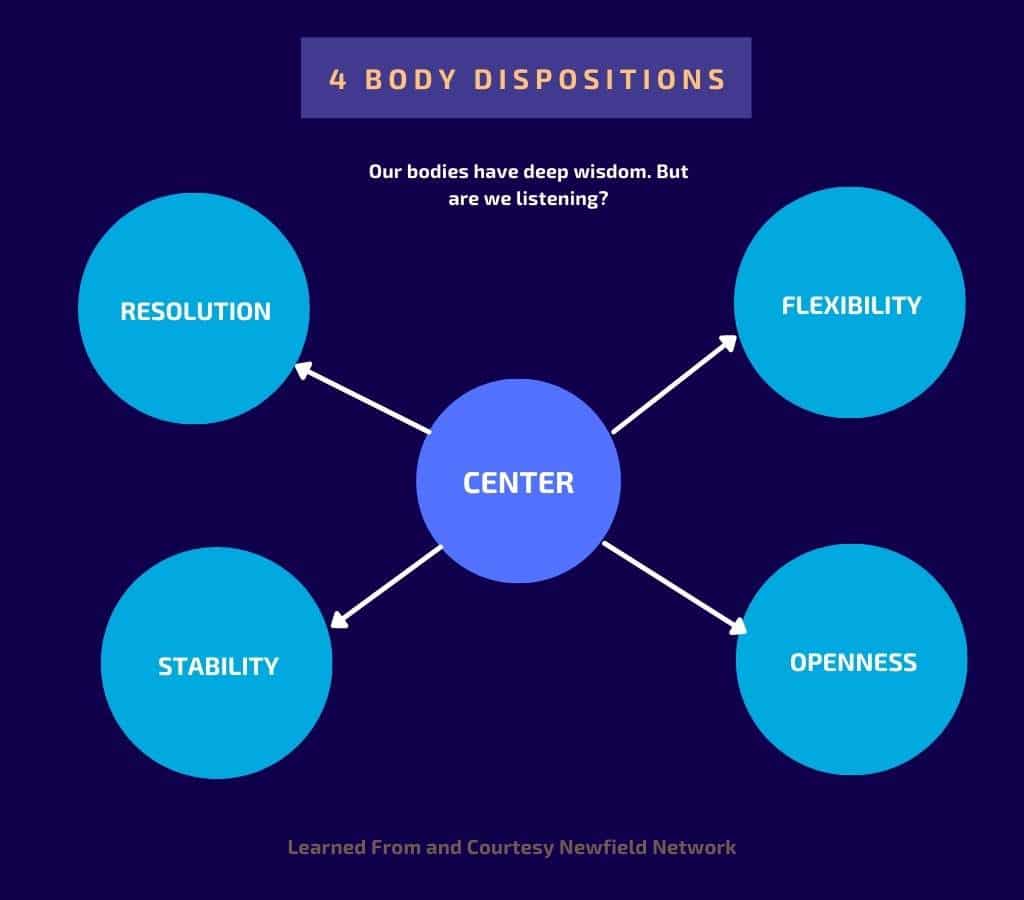I have always taken pride in my analytical and logic-driven reasoning skills. As a child, I remember myself not being physically strong. Sports was never a priority in the culture I grew up in, and we never had the finances to focus on any sports training anyways. As a natural corollary of that, I focussed on reading and studies. I vividly remember falling in love with mathematics, and I could sometimes solve complex problems in my head. That was probably when I started living in my head and forgot that I also had a body.
This focus amplified when I stumbled into computer programming. The first time I used a computer, it was to program using BASIC and to play a game called DAVE. I must have been 13 years old back then. A few years later, my joy had no limits when my father bought a computer for me when I turned 15. It started a fascination with logic, reasoning, and programming that has shaped most of my work life.
If I was not good at sports earlier, I totally stopped doing any physical activity once I had a computer at home. I spend my nights and days learning to program and making small and large projects – first for myself and then for some small companies. I carried this analytical mindset with great pride wherever I went and never bothered to consider that I also have a body – except as a vehicle for my head and thinking brain.
Understanding Emotions Led Me To My Body
My learning and research around emotional intelligence led me to focus and notice my body. Have you ever experienced having “cold feet” or a “hair raising” experience? If yes, you are not alone as every emotion brings with it a physiological response in your body.
Our bodies react to external events first before our thinking brain has a chance to reflect on them. These responses might range from tension in your neck, back, or any other part of the body. For example – Sadness is associated with pain in the heart and numbness or stillness in the lower part of the body. Anger is associated with fast and shallow breathing and reddening of your face.
Other ways your body reacts to external events include your heart beating faster, turning pale, smiling, sighing, sweating, getting goosebumps, and so on. These physiological responses show that emotions are not only in our brains but that they have a presence and origin in the entire human body.
Noticing and becoming aware of our bodies becomes very relevant when it comes to communication skills as our words only constitute 7% of it. The rest of it is communicated via our tone of voice and our body. Do you notice small shifts in your and others’ bodies (gestures, hand movements, eye contact, facial expressions) while communicating? Do you notice the tone, volume, and fluency of voice change as different emotions play their part in the background?

Discovering My Body At Newfield Network’s Coaching Program
In 2019, when I signed up for the Newfield Network’s Coaching Program, I discovered the role of our body in everything we do, and especially our leadership. Our body and associated physiology, our thoughts and language, and our emotions determine how we see the world, and every action we take henceforth.
Our language, emotions, and body are the coloured glasses we all wear and through which we view the world. And making changes in our language, emotions, and body are our access to see the world differently and open up new possibilities. Modern neuroscience has shown that the body influences the brain just as much as the brain influences the human body. If we get into a posture of confidence and put a smile on our faces, it is impossible to feel depressed. Alternately, if we get into a slouched and depressive posture, it is impossible to be cheerful and joyful.
It was at Newfield that I was introduced to the 4 body dispositions or archetypes. Before we talk about them, let’s understand the neutral state which is called the CENTER. Being in CENTER allows us to choose to move to any of the other 4 body dispositions. Being in CENTER is our foundational and grounded state as human beings. Center means we are aware of what is happening in our bodies. Are we tense or relaxed? Are we hot or cold? Are we balanced or not?
“Life is always better in your body. Get out of your mind.”
― Lebo Grand
The 4 Body Dispositions
The 4 Body Dispositions (see them as choices) are different ways we can shape our bodies. With each body disposition, we see the world in a different way, and it shapes every conversation we have. Unless we are aware of them, we usually are comfortable in only a few of these body dispositions. These 4 body dispositions are Resolution, Flexibility, Stability, and Openness.
Resolution is the body disposition when we are singularly focussed on getting something done. We feel tight and determined in our bodies, and are ready to take clear and decisive action. This is the disposition of a warrior.
This is a position when you are ready to sprint. You place one foot in front of the other and are ready to move ahead and take decisive action. This disposition also keeps you away from distractions as your vision is focused. We all use this disposition in times of emergencies and crises situations.
Flexibility is the body disposition when we are open to trying out new things and brainstorm new ideas. In this body disposition, we are moving our bodies, our hands and our feet as required. It can be said that in flexibility we are in a dance with what is happening around us. This is the disposition of a dancer or a magician.
In this disposition, we are playful and open to trying different approaches and seeing different perspectives. We are ready and open to moving from one idea to the other. We can listen and speculate with others, even if their views are very different from ours.

Stability is the body disposition when you feel grounded by the weight of your feet on the ground. Stability is standing in our own dignity, knowing what we stand for, and not be easily shaken or moved by what is happening around us. This is the disposition of a king or queen.
In this body disposition, we align our head, shoulders, hips and legs in a straight vertical line. You speak firmly and confidently in this disposition and are aware of your own standards and boundaries.
Openness is the body disposition when we open up our chests and arms in a warm embrace of what is in front of us. It is a disposition of vulnerability, tenderness, trust, and love. This is the disposition of a lover.
In this disposition, your eyes are soft and you make eye contact with whom you are speaking. Your smile is genuine and your voice soft. It is as if when you are inviting someone to your world with open arms.
These four body dispositions determine how we carry ourselves and how we use our bodies. By default, our body is shaped by our past life experiences and cultural influences. However, we all have the ability to change and shift our bodies, and with it the way we communicate and show up in the world.
Some of us might spend most of our time in resolution, while for some of us it would be openness. For me, before I discovered this work, I realised that I used to spend most of my time in Stability and Openness without moving into Resolution and Flexibility, even when it was required. Ask yourself :
- In what body disposition do you spend most of your time?
- In what body disposition would you like to be more in?
- What new possibilities could open up for you from those new body dispositions?

The Relevance of Your Body To Leadership
As leaders, we should be committed to our responsibilities and our commitments rather than the way we are used to being. If a leader identifies themselves as goals-focussed (resolute) and a situation demands them to listen and be open to ideas, can they bring forth an open body in that situation? Alternatively, if a leader is always empathetic and open by nature, can they switch to a more resolute posture when the situation demands so?
Leaders need to think of themselves as not just their brains but the whole person – which includes all their emotions, conversations, and the foundation of it all – their body. Leadership presence is to be aware of your own body first and then of others around you.
Having the view that my personality/identity is fixed and can’t change is an immature way of leadership. Imagine how effective it would be to learn to shift your body, and with it your emotions and communication to suit the situation. Instead of being “one type” of leader, you could show up as the leader which your team and organisation needs at any given point. The question is – will your personal style and comfort level limit your leadership, or will you transcend your default body dispositions towards one of your choice?
Deepening My Awareness and Learning With Strozzi Institute
In 2021 as I write this, I am continuing to know more about our own body (with relation to leadership) from the Strozzi Institute. I am slowly discovering the difference between academic knowledge and embodied knowledge. I am learning that leadership is a full-body contact sport, rather than just an analytical or rational one. I am discovering what Richard Strozzi has written in his book The Leadership Dojo, “The body we are will be the type of leader we are”.

Trackbacks/Pingbacks